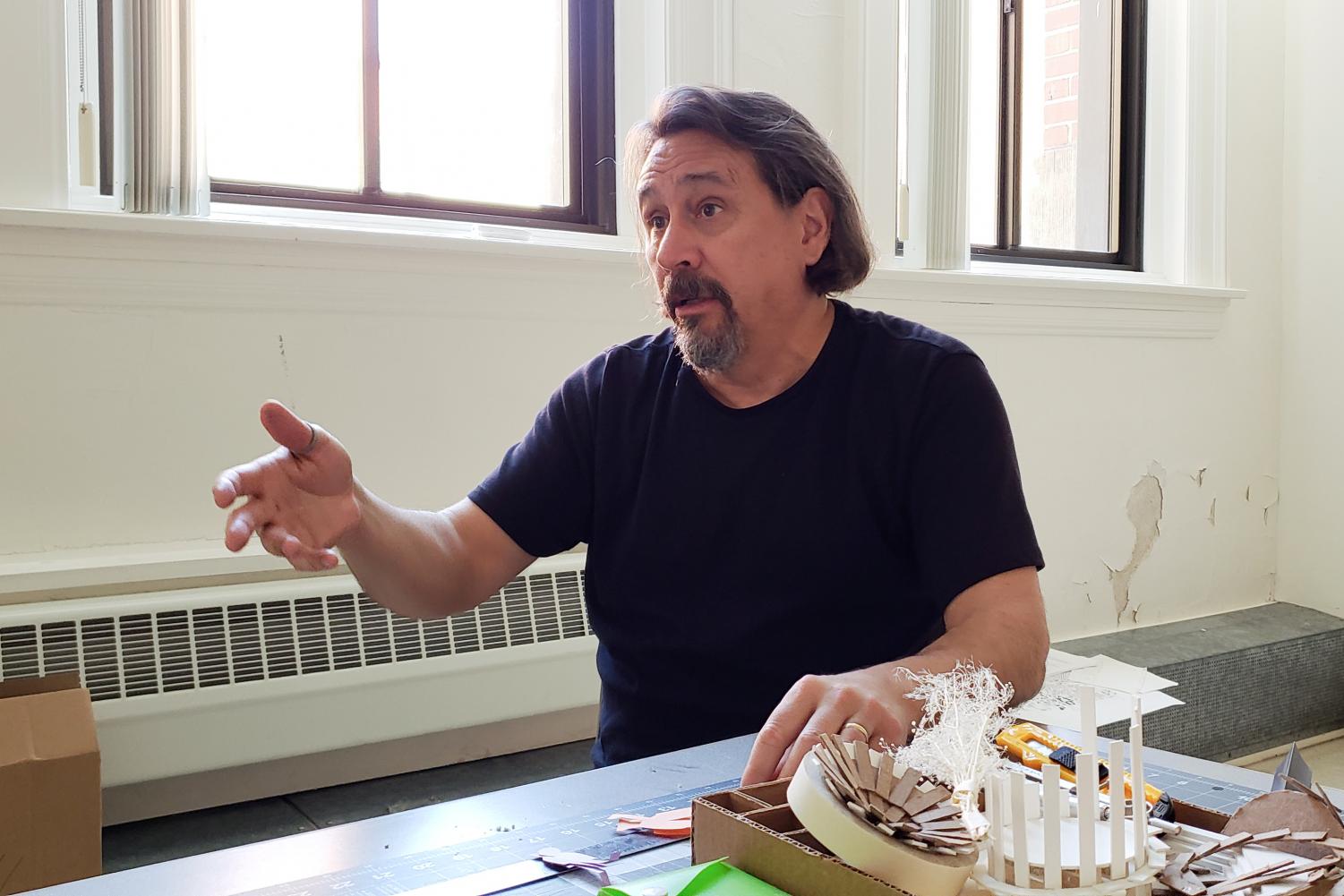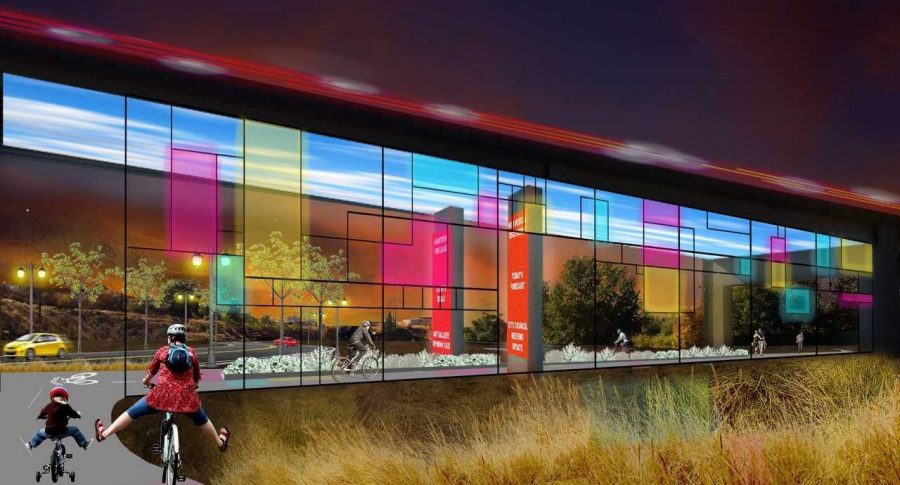Landscape architect pushes his students to serve communities, design for greater good
Professor says landscape architecture projects should support environment; works for native Washington tribe
An underpass designed by students of landscape architecture professor Steve Austin would offer recreation in an underdeveloped part of Spokane.
April 26, 2019
Steve Austin, WSU Architecture professor and landscape architect, said he believes we need to hold open discussions on climate change.
“As long as we’re not talking about it, we’re not moving forward,” Austin said.
Not many professors can say they want to change the world. Austin has been teaching landscape architecture at WSU while working alongside the Kalispel Tribe on a community forest in Northeast Washington.
“A lot of our landscape architecture projects are all service based where we help the community visualize what’s possible for their future,” said Austin.

“It is very satisfying to see [students] help communities,” landscape architecture instructor Steve Austin says.
He said he uses his class and his knowledge of architecture to encourage his students to not only generate ideas that benefit themselves and their community, but to also work for the greater good. He emphasizes that students are capable of making a difference in the future of climate change.
“It is very satisfying to see them help communities,” Austin said.
The projects Austin’s students conduct use materials that can be reused or recycled and help the environment around us.
Austin said he hopes to work with students to create an urban forest on campus.
Austin, born in Miami, Florida, began his career as a land planner, landscape architect and land-use attorney in Kentucky where he spent most of his life. After retiring from the business, he came to Pullman to work as a professor at WSU.
Attending the University of Kentucky allowed Austin to establish his love for landscape architecture, he said. After undergoing two majors, his counselor went through a list of potential majors he could choose from.
“I was going, ‘No, no, no,’ and she got to landscape architecture and I was like, ‘What’s that?’ ” Austin said. “I went to talk to the department chair, and from that day in 1983, I’ve been in love with landscape architecture.”
Students can find his works and writings in Landscape Architecture Magazine or land8.com, as well as on his personal site.
Although he said he believes it is too late for him to contribute designs, he looks to students who inspire him from both in and out his classes to be the change.









